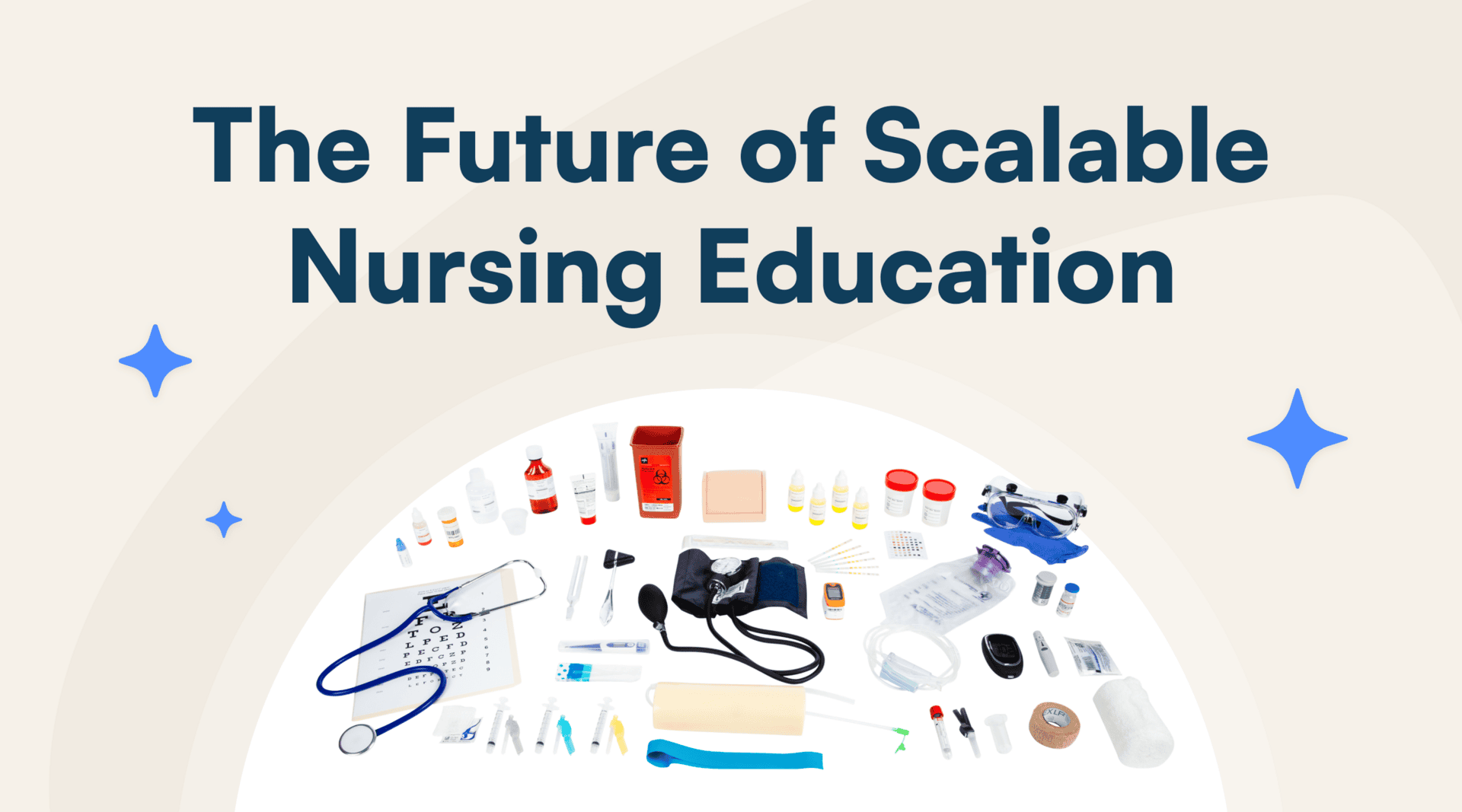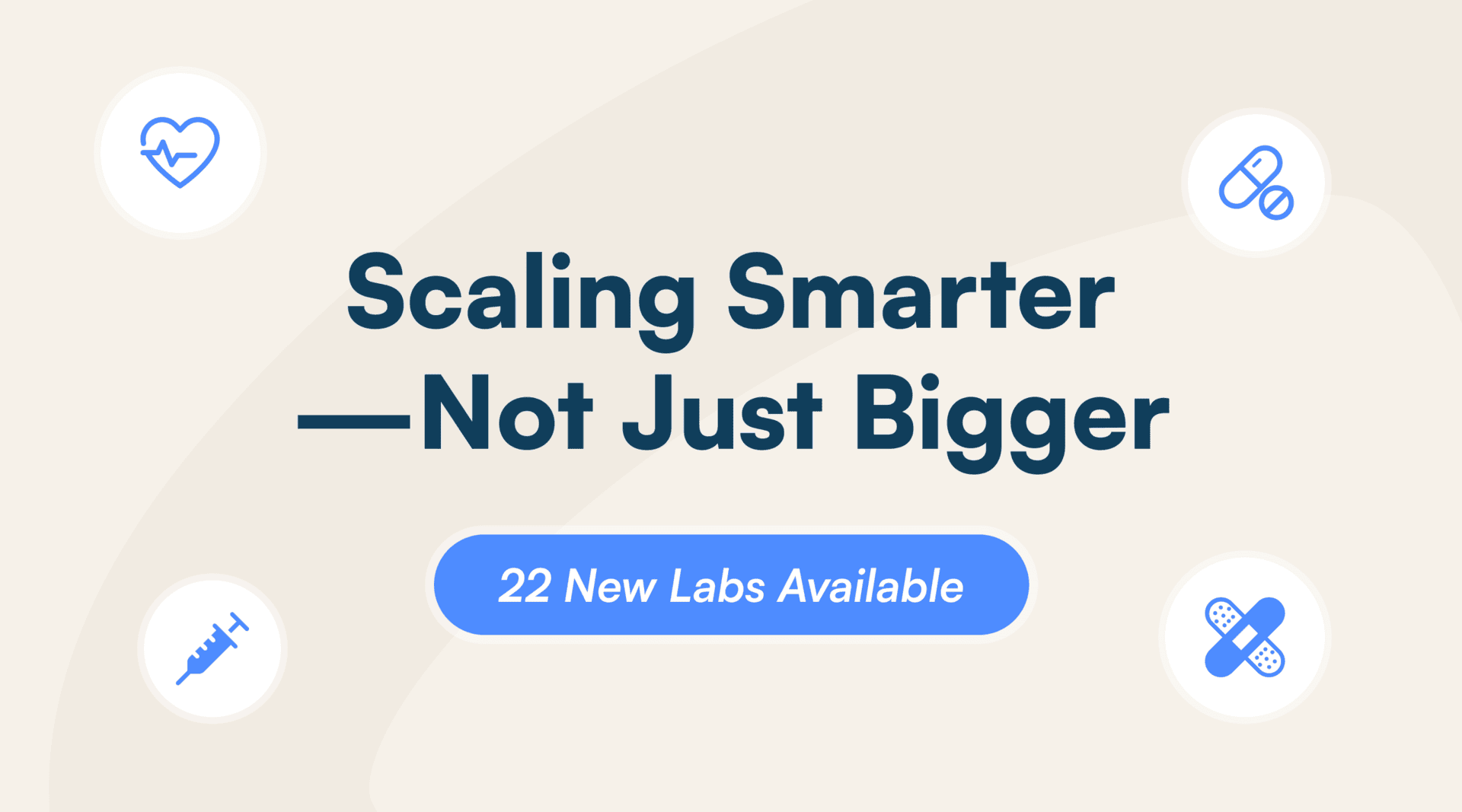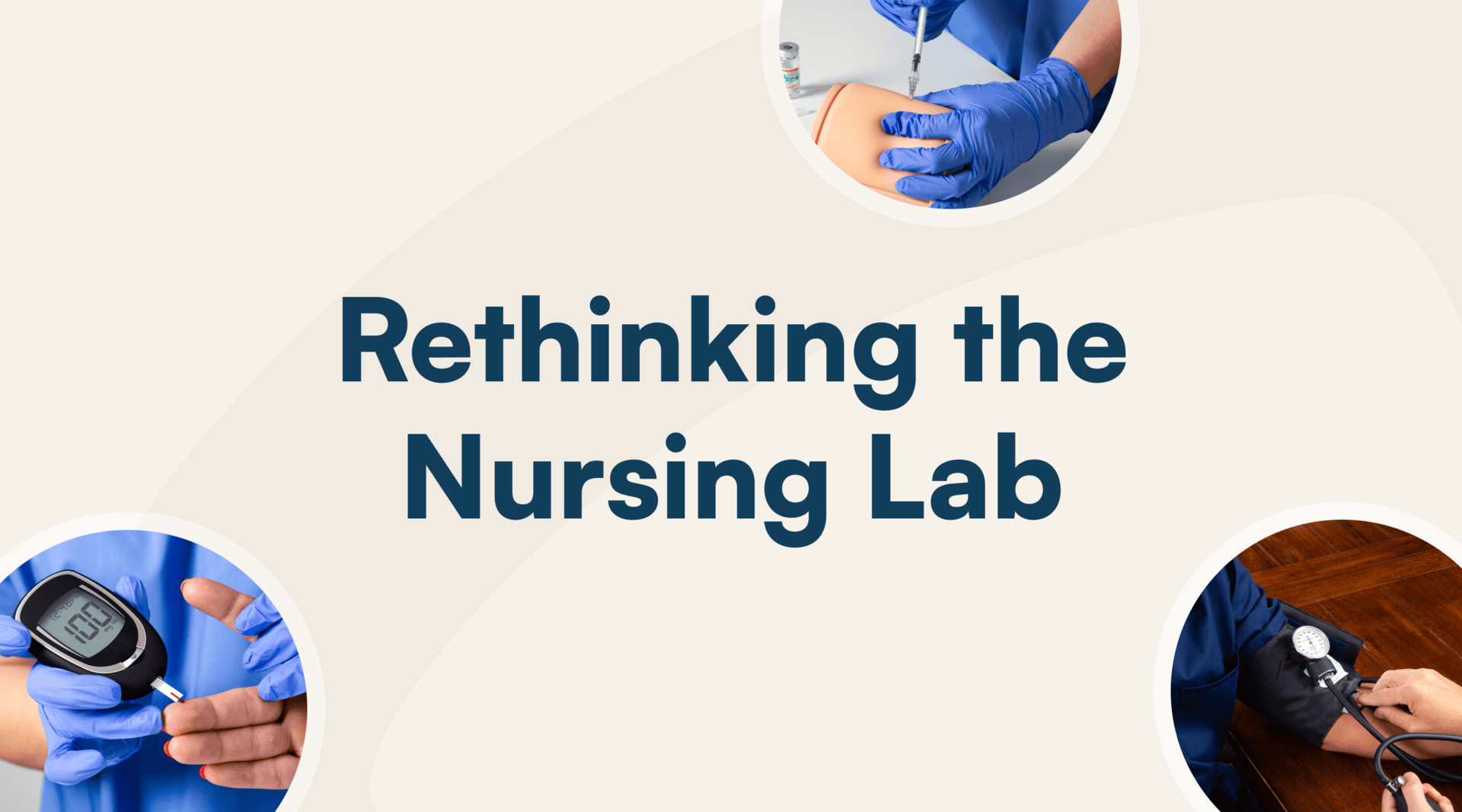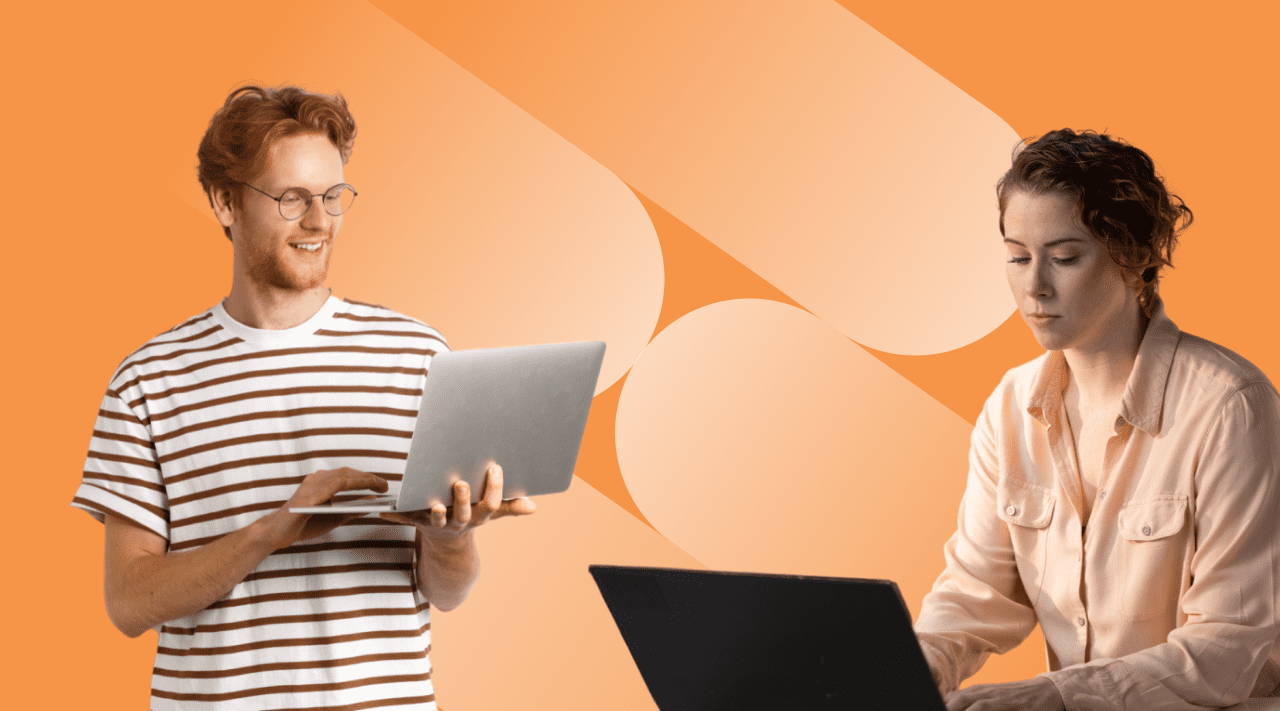The Importance of Virtual Trial Experiments Before the Real Thing
Are you spending too much time during in-person labs reminding students of basic concepts, procedures, and safety protocols?
Do you find your students aren’t as prepared or confident as they should be during the lab?
Now add in the physical lab availability and space constraints you contend with, and it becomes difficult to ensure those 2 to 3 hours per week with students are as productive as possible. Then again, that’s why you use pre-labs.
However, many pre-lab activities stop at theory, safety, and procedures, which leaves students unsure of how this guidance applies to the hands-on experiment and serves as a missed opportunity to more deeply engage students in the practice of science. But when you take the preparation a step further and give students a chance to see how the lessons on theory, technique, and safety apply to the experiment, they’re more likely to connect the concepts you’re teaching to the real world. When you use pre-labs that include virtual trial experiments, you’ll be able to maximize your in-person lab time and help students gain a deeper mastery of the concepts you’re teaching.
The Benefits of Virtual Pre-labs with Trial Experiments
In a 2022 study on the effects of pre-laboratory activities, researchers found that pre-labs were an effective teaching strategy that promoted students’ behavioral, cognitive, and emotional engagement in the course. The study also concluded that pre-labs positively influenced student attendance for in-person labs, worked to promote a sense of belonging, supported diverse student learning styles, improved students’ confidence and motivation, and encouraged self-directed, deep learning.
But for students, pre-labs can feel disconnected from the in-person lab, which means they end up simply going through the motions of a pre-lab without understanding how it applies to the hands-on experiment or why certain concepts are significant. That’s why it’s important to use trial experiments in your pre-labs as a way to connect and emphasize to students that experimental science is the basis for the models they learn about in lecture. It gives them an opportunity to repeat experiments in a low-stakes environment, move at their own pace, and more deeply engage with course material.
In fact, in survey data collected for the 2023 Annual Lab Report, students shared the positive benefits of virtual labs. More than 80 percent said they effectively prepared them to proceed in their course of studies, especially important for science majors and those considering transferring institutions.
“The online labs gave us a chance to do experiments over and over again, until they were clearly understood. That was a great advantage.”
Student response, 2023 Annual Lab Report
Lab, unlike lecture, represents professional science in practice. It represents a playground where curiosity is sparked and scientific theories are put to the test. If students can recognize this before they step foot into your lab, they’ll gain a better understanding of what science truly is and end up more motivated in their work. Well-designed virtual pre-labs can serve all of these functions, and more.
Set Up Students for In-Person Lab Success
One of the most common reasons for using pre-labs is to help students get familiar with safety protocols and general lab techniques. Pre-lab activities can prepare students by:
- Outlining the lab procedure and data analysis process
- Orienting students to the relevant equipment, materials, and safety procedures
- Familiarizing students with emergency protocols in case of accidents
The clear procedural guidance ensures students are well-versed in lab procedures and techniques well in advance of your in-person lab. Students also become more familiar with safety protocols and equipment handling in a controlled digital environment—all of which help an instructor optimize their in-person lab time and bolster a safer, more productive campus lab experience.
But when you take the preparation a step further and give students a chance to see how the lessons on theory, technique, and safety apply to the experiment, they’re more likely to connect the concepts you’re teaching to the real world.
| Putting Theory into Action: Microscopy Virtual Pre-lab Many lab courses require students to use microscopes. Before they can do that, they need to learn the basics of the microscope, including knowing how to focus a microscope, how to put a slide on the stage, and how to find a sample on the slide. Using a microscopy virtual pre-lab, students can walk through how to handle and operate a microscope, using a v-scope of virtual scope. These lessons prepare students to go into a physical lab and use a real microscope following the same procedures and protocols. |
Plus, students feel more prepared and confident in their abilities when they enter your lab, having walked through a virtual simulation as many times as needed to explore how it worked, troubleshoot what didn’t, and see safety measures and lab techniques in action—extremely valuable for non-majors or for those students taking a lab for the first time.
Deep Student Learning
In addition to setting the stage for your in-person lab, your virtual pre-lab simulations work to reinforce important theoretical foundations that will help students connect concepts to the lab — and hence, the real world. Coupled with the trial experiment, be sure your pre-lab activities include multimedia like videos, visuals, readings, and quizzes that work to frame your virtual and in-person lab experiments and encourage students to answer the following:
- What question is this lab experiment answering?
- How will your data answer this question?
- How will you collect this data?
- How will you minimize ambiguity and control variables?
Ensuring students know how the lab fits into the course content will heighten their understanding of the material. Part of the reason for this is because virtual pre-lab work is a form of personalized learning that allows students to self-pace, review activities multiple times, and even conduct trial experiments/simulations as many times as they want before entering the physical lab. The added multimedia then supports the diverse learning needs of your students and can work to ensure everyone is adequately prepared to make the most of their lab experience.
As one student shared in the data collected for The 2023 Annual Lab Report, “For someone like me who is a bit older, it may have benefitted me to have had a mixture of online before the in-person hands-on. I say that because I had so much fear of failure and that I wasn’t doing the experiments right.”
| Putting Theory into Action: Specimen Dissections Before stepping foot in your physical lab to dissect specimens, prepare students using dissection virtual pre-labs. With images and videos detailing how to prep specimens and conduct a dissection, students have a better understanding of what to expect and how to perform grasshopper, earthworm, or sea star dissections, for example. They also feel more comfortable and confident in their abilities when they enter your lab. |
In fact, research out of Bowling Green State University shows just how effective virtual pre-lab experiments are when it comes to student learning. In a comparative study of courses using vs not using pre-lab video-based experiments, results showed student scores higher in those courses using these pre-labs. Instructors of those courses said these pre-labs actually enhanced the teaching quality of their courses by reducing the knowledge gap for students and mishandling of equipment, while making it more efficient for students to complete the lab experiments in a timely manner.
When asked, students also said they felt these pre-labs strengthened their knowledge and, as a result, improved their understanding of topics before having to perform the hands-on activity. In the end, when you incorporate virtual pre-lab activities that include trial experiments, you’ll:
- Augment students’ understanding of the models, theories, and principles addressed in the lab procedure — giving them a conceptual framework for the lab.
- Make it easier to teach the theory behind the lab, since students will have a firmer understanding of the principles behind it.
- Better prepare students and help in-person experiments go more smoothly.
- Be able to streamline the flow of your course and optimize the face-to-face time you have with students.
And the best result of all: a more meaningful, hands-on exploration of the concepts you’re teaching will lead to a more insightful analysis and productive conversation with your class.
Your Lab is a Busy Place
We know you face space and availability constraints when it comes to your campus lab. We also know your lab is a busy place that can put a large cognitive demand on learners. Because of time pressures and the fact that students are often thinking of the assessment rather than of the lab work and the quality of their scientific investigation, it’s probably not surprising that many students approach labs with the aim to get whatever information is needed simply to write the report.
But when you incorporate what, why, and how questions into your pre-lab activities, asking students to think about the research questions the lab may answer, and then have them apply it in trial virtual experiments, students will begin to reflect on the bigger picture of your lab before they even set up at their bench.
They’ll also start to view this kind of prep work as an integral part of their practical work that will actually get them excited to come to your lab. So if you’re looking to deepen student understanding, bolster engagement, and increase student success during your in-person labs, it could be time to reassess your pre-lab activities.
Discover more articles

Science Interactive Launches New Nursing Fundamentals

What Clinical-Ready Actually Looks Like (And How to Get There Sooner)


